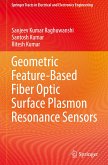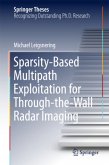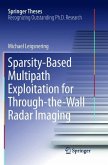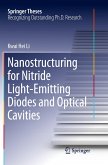This thesis focuses on a means of obtaining, for the first time, full electromagnetic imaging of photonic nanostructures. The author also develops a unique practical simulation framework which is used to confirm the results.
The development of innovative photonic devices and metamaterials with tailor-made functionalities depends critically on our capability to characterize them and understand the underlying light-matter interactions. Thus, imaging all components of the electromagnetic light field at nanoscale resolution is of paramount importance in this area. This challenge is answered by demonstrating experimentally that a hollow-pyramid aperture probe SNOM can directly image the horizontal magnetic field of light in simple plasmonic antennas - rod, disk and ring. These results are confirmed by numerical simulations, showing that the probe can be approximated, to first order, by a magnetic point-dipole source. This approximation substantially reduces the simulation time and complexity and facilitates the otherwise controversial interpretation of near-field images. The validated technique is used to study complex plasmonic antennas and to explore new opportunities for their engineering and characterization.
The development of innovative photonic devices and metamaterials with tailor-made functionalities depends critically on our capability to characterize them and understand the underlying light-matter interactions. Thus, imaging all components of the electromagnetic light field at nanoscale resolution is of paramount importance in this area. This challenge is answered by demonstrating experimentally that a hollow-pyramid aperture probe SNOM can directly image the horizontal magnetic field of light in simple plasmonic antennas - rod, disk and ring. These results are confirmed by numerical simulations, showing that the probe can be approximated, to first order, by a magnetic point-dipole source. This approximation substantially reduces the simulation time and complexity and facilitates the otherwise controversial interpretation of near-field images. The validated technique is used to study complex plasmonic antennas and to explore new opportunities for their engineering and characterization.








